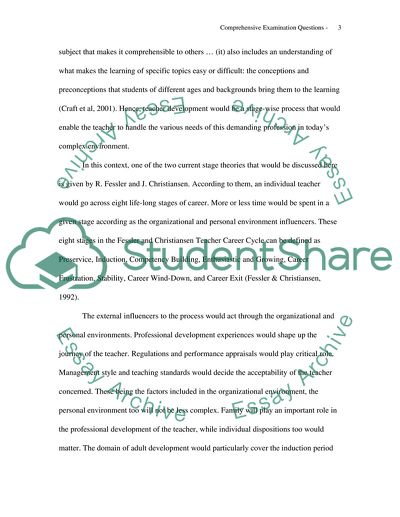Cite this document
(Stage Theories as They Relate to Teacher Induction Assignment, n.d.)
Stage Theories as They Relate to Teacher Induction Assignment. Retrieved from https://studentshare.org/education/1574639-comprehensive-examination-questions
Stage Theories as They Relate to Teacher Induction Assignment. Retrieved from https://studentshare.org/education/1574639-comprehensive-examination-questions
(Stage Theories As They Relate to Teacher Induction Assignment)
Stage Theories As They Relate to Teacher Induction Assignment. https://studentshare.org/education/1574639-comprehensive-examination-questions.
Stage Theories As They Relate to Teacher Induction Assignment. https://studentshare.org/education/1574639-comprehensive-examination-questions.
“Stage Theories As They Relate to Teacher Induction Assignment”. https://studentshare.org/education/1574639-comprehensive-examination-questions.


